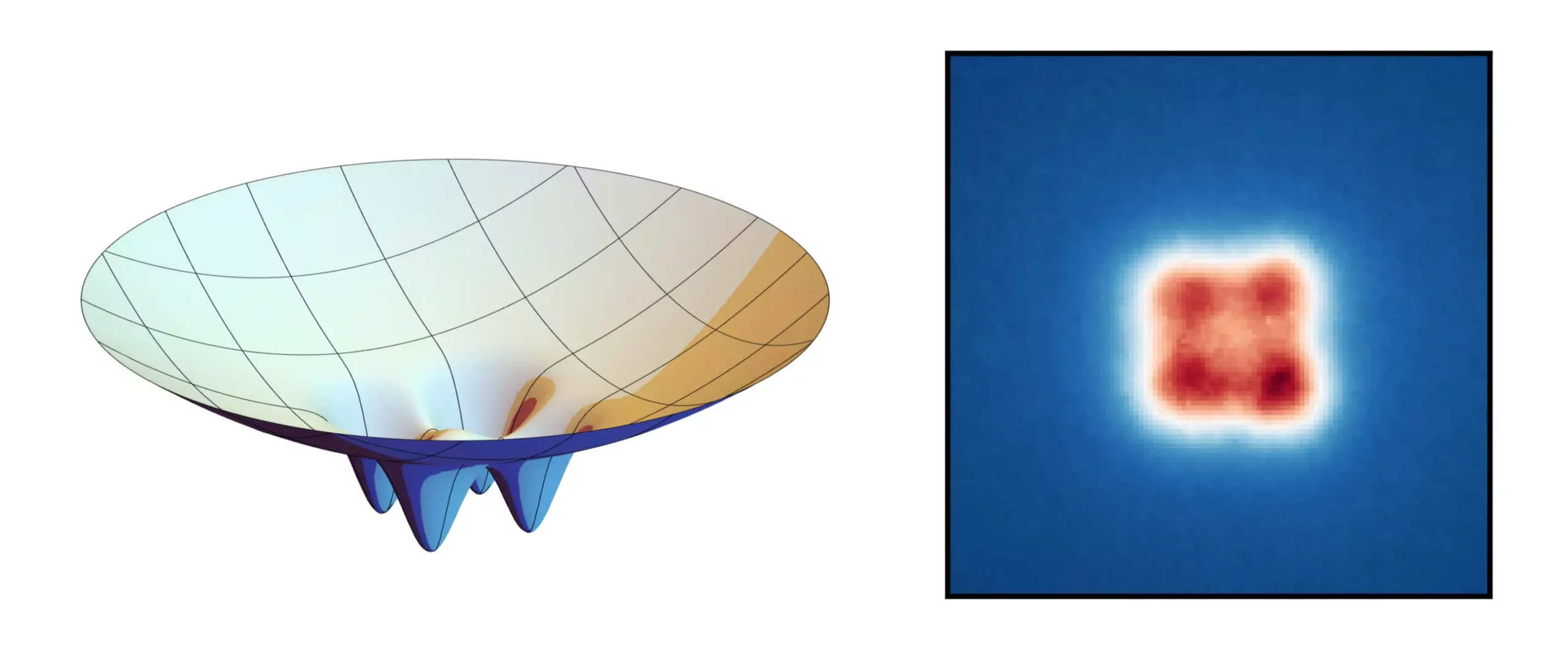Recent research conducted by the University of Bonn has uncovered a fascinating phenomenon involving light particles transforming into a “super photon” under specific conditions. This innovative discovery has the potential to revolutionize the way information is exchanged among multiple participants, providing enhanced security measures and opportunities for tap-proof communication.
The research team at the Institute of Applied Physics at the University of Bonn utilized “tiny nano molds” to manipulate the formation of Bose-Einstein condensates, which are created when a large number of cooled light particles are confined in a compact space. By imprinting a simple lattice structure on the condensate, the researchers were able to shape the super photon into a pattern consisting of four points of light arranged in a quadratic form.
The super photons were generated by filling a small container with a dye solution, with reflective side walls within the container. When the dye molecules were excited by a laser, they produced photons that bounced back and forth between the reflective surfaces, gradually cooling down to form a super photon. By introducing small indents on the reflective surfaces, the researchers created more space for the light particles to collect, imprinting a structure onto the condensate.
The unique lattice structure of the super photon allows for potential applications in quantum entanglement, where changes in the state of one photon impact the others. This quantum physical correlation between photons could be used to make the exchange of information between multiple participants more secure, such as in discussions or secret transactions. By strategically altering the form of the reflective surfaces, the researchers believe they can create Bose-Einstein condensates split between numerous lattice sites, enabling tap-proof communication among a larger group of participants.
The research conducted at the University of Bonn has opened up new possibilities for deliberately creating emission patterns for specific applications. By further developing this technology and exploring different configurations of lattice structures, the potential for secure communication among a large number of participants could be greatly enhanced. This groundbreaking research marks a significant advancement in the field of quantum physics and has the potential to shape the future of communication systems.


Leave a Reply